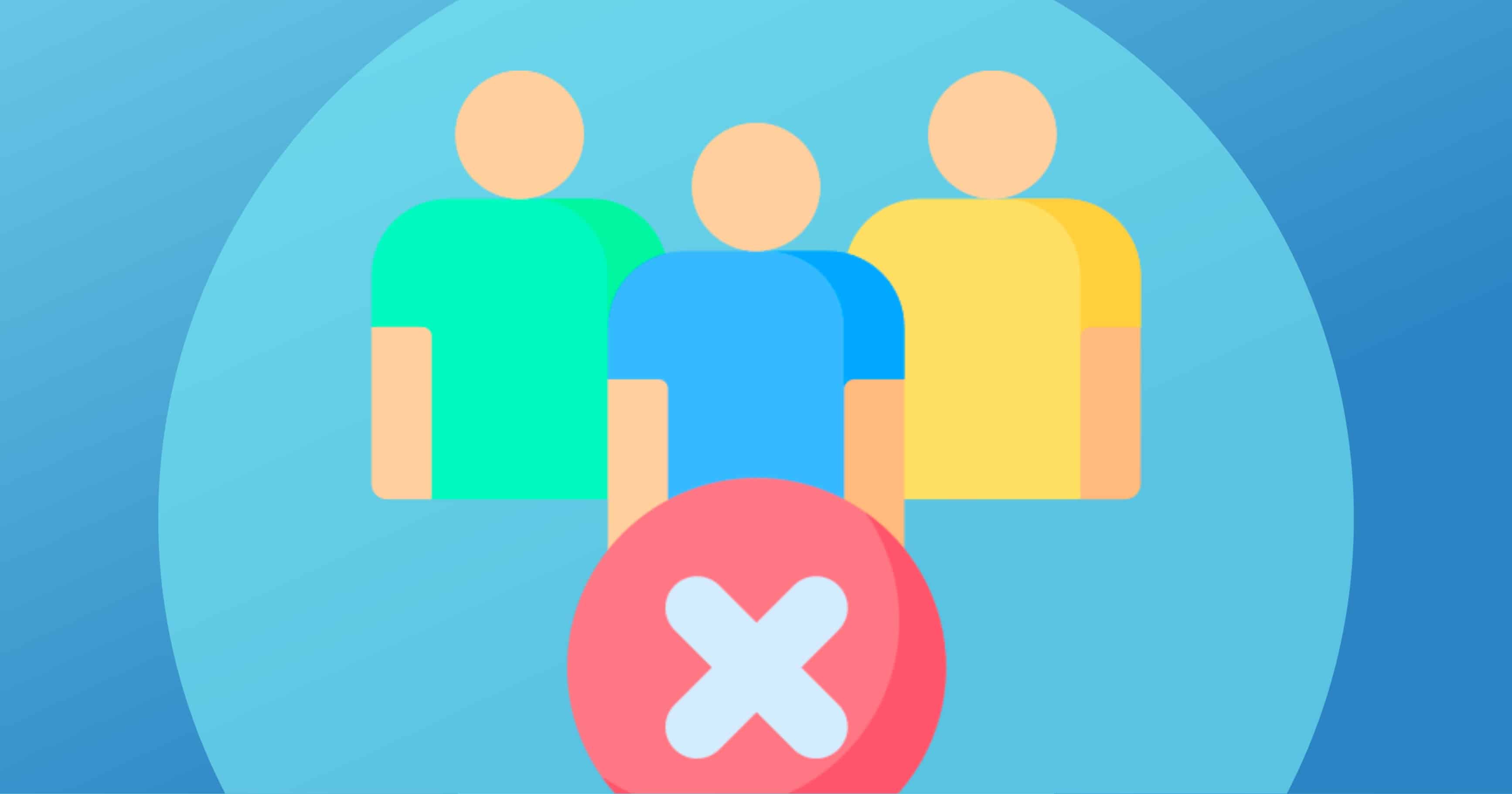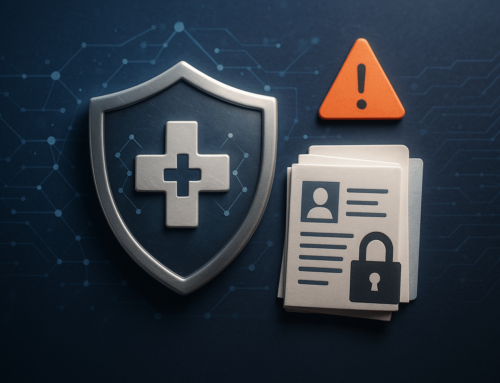In the current labor market, the demand for qualified healthcare employees is skyrocketing. But nearly 79,000 people and entities in the U.S. are shut out of healthcare employment and contracting opportunities because their names are on the HHS OIG (Health and Human Services, Office of Inspector General) List of Excluded Individuals/Entities (LEIE).
This list is sometimes referred to as the “Medicare Exclusion List,” but its scope goes beyond Medicare. The LEIE contains the names of individuals and entities OIG who have been excluded from receiving payment from federal healthcare programs for any items or services they furnish, order, or prescribe. Individuals are excluded for a variety of reasons including convictions for Medicare or Medicaid fraud. Other offenses that can land an individual on an entity on the OIG List of Excluded Individuals/Entities include offenses related to the delivery of items or services under Medicare, Medicaid, SCHIP, or other State health care programs; patient abuse or neglect; felony convictions for other health care-related fraud, theft, or other financial misconduct; and felony convictions relating to unlawful manufacture, distribution, prescription, or dispensing of controlled substances.
Many people have never heard of this list (including, maybe, some who are on it). This article explores how an individual or entity can end up on the OIG List of Excluded Individuals/Entities (LEIE), the consequences of exclusion, and how to be removed from the OIG List of Excluded Individuals/Entities.
How the OIG Exclusion Database Came to Be
HHS oversees the CMS (Centers for Medicare and Medicaid Services), which administers Medicare and Medicaid. OIG was established in 1976. OIG has been implementing exclusions since about 1981, after HHS first began to impose them in 1977, upon Congressional authorization to do so. Initially, providers and practitioners convicted of program-related crimes were excluded from participation in Medicaid. In 1981, Congress enacted the Civil Monetary Penalties Law (CPML), to further deter health care fraud and abuse. The CMPL authorized HHS and OIG to impose civil monetary penalties (“fines,” essentially), assessments, and other exclusions against individuals and entities who submitted false, fraudulent, or otherwise improper claims for Medicare or Medicaid payment. In 1987, Congress enhanced OIG’s ability to protect the Medicare and Medicaid programs and beneficiaries, by passing the Medicare and Medicaid Patient and Program Protection Act of 1987. This law established certain mandatory and discretionary exclusions for various types of misconduct, including misconduct unrelated to Medicare or Medicaid.
The enactment of the Health Insurance Portability and Accountability Act (HIPAA) in 1996 and the Balanced Budget Act (BBA) of 1997, further expanded OIG’s sanction power, extending the scope of the existing CMP and exclusion authority beyond programs funded by HHS, to all federal healthcare programs.
The Balanced Budget Act also authorized a new civil monetary penalty authority, to be applied against individuals and entities who contracted with or employed excluded individuals. The exclusion list, which contains the names of excluded individuals and entities, has been online since 1999.
How To Get on the OIG List of Excluded Individuals/Entities (LEIE)
OIG audits, inspects, and investigates businesses and individuals nationwide to determine if they are meeting the legal and ethical standards of the federal healthcare programs. Individuals and entities who commit specific federal offenses are placed on the Office of Inspector General’s List of Excluded Individuals/Entities (LEIE), referred to by some as the Medicare Exclusion List or the OIG Exclusion Database.
There are two types of exclusions issued by the OIG – Mandatory and Permissive.
Mandatory Exclusions result from criminal activities directly related to the federal Medicare or Medicaid program, or related state programs, including:
- Patient abuse or neglect.
- A felony conviction related to healthcare fraud, including theft, embezzlement, or bribery.
- A felony conviction related to controlled substances, including manufacture, distribution, prescription, dispensing, or theft.
The exclusion period for various offenses can be found here.
Unlike Mandatory Exclusions, the OIG has discretion regarding Permissive Exclusions.
Permissible exclusions can be issued for the following reasons:
- Misdemeanor conviction related to healthcare fraud.
- Conviction related to fraud in non-healthcare programs.
- Conviction related to obstruction of an investigation or audit.
- Misdemeanor conviction related to controlled substances.
- License revocation, suspension, or surrender.
- Exclusion or suspension under federal or state healthcare program.
- Claims for excessive charges, unnecessary services or services which fail to meet professionally recognized standards of healthcare, or failure of an HMO (Health Maintenance Organization) to furnish medically necessary services.
- Fraud, kickbacks, and other prohibited activities.
- Entities controlled by a sanctioned individual.
- Entities controlled by a family or household member of an excluded individual and where there has been a transfer of ownership/control.
- Failure to disclose required information; supply requested information on subcontractors and suppliers; or supply payment information.
- Failure to grant immediate access.
- Failure to take corrective action.
- Default on health education loan or scholarship obligations.
- Individuals controlling a sanctioned entity.
- Making false statements or misrepresentations of material fact. Minimum period: none
- Failure to meet statutory obligations of practitioners and providers to provide medically necessary services meeting professionally recognized standards of healthcare (Quality Improvement Organization (QIO) findings).
The OIG looks at a wide variety of factors in determining both the terms of permissible exclusions and whether to impose them.
As of January 2023, there were 3,244 businesses and nearly 74,000 individuals on the OIG List of Excluded Individuals/Entities (LEIE) – OIG’s naughty list.
Consequences of Being on the OIG Exclusion Database
Federal law prohibits excluded individuals from receiving payment from Federal health care programs for any items or services they furnish, order, or prescribe.
Furthermore, the prohibition of payment remains in effect if the excluded individual has changed roles. The law expressly forbids any payments made to cover an excluded individual’s salary, expenses, or fringe benefits, regardless of whether they provide direct patient care. This includes any payments made to contractors, suppliers, or other third parties.
An excluded person that submits a claim for payment to a federal health care program, or causes such a claim to be submitted, may be subject to a civil monetary penalty (CMP) of $10,000 for each claimed item or service furnished during the period that the person was excluded. The person may also be subject to an assessment of up to three times the amount claimed for each item or service. In addition, violation of an exclusion is grounds for OIG to deny reinstatement to Federal health care programs.
An excluded person that knowingly conceals or fails to disclose any action affecting the ability to receive any benefit or payment with the intent to fraudulently receive such benefit or payment may be subject to criminal liability.
Civil monetary penalties may be imposed against health care providers or entities that employ or enter into contracts with excluded individuals for the provision of services or items to Federal program beneficiaries.
Believe it or not, there are those who don’t know they are on the Medicare Exclusion List. One reason is that excluded individuals or businesses must request removal from the list, even after their exclusion period has expired – removal is not automatic.
If you are concerned that you or someone you work with might be on the OIG exclusion list, or if you need further clarification on any matter related to the exclusion list, check the OIG Exclusion Website.
Read more about medicare compliance.











